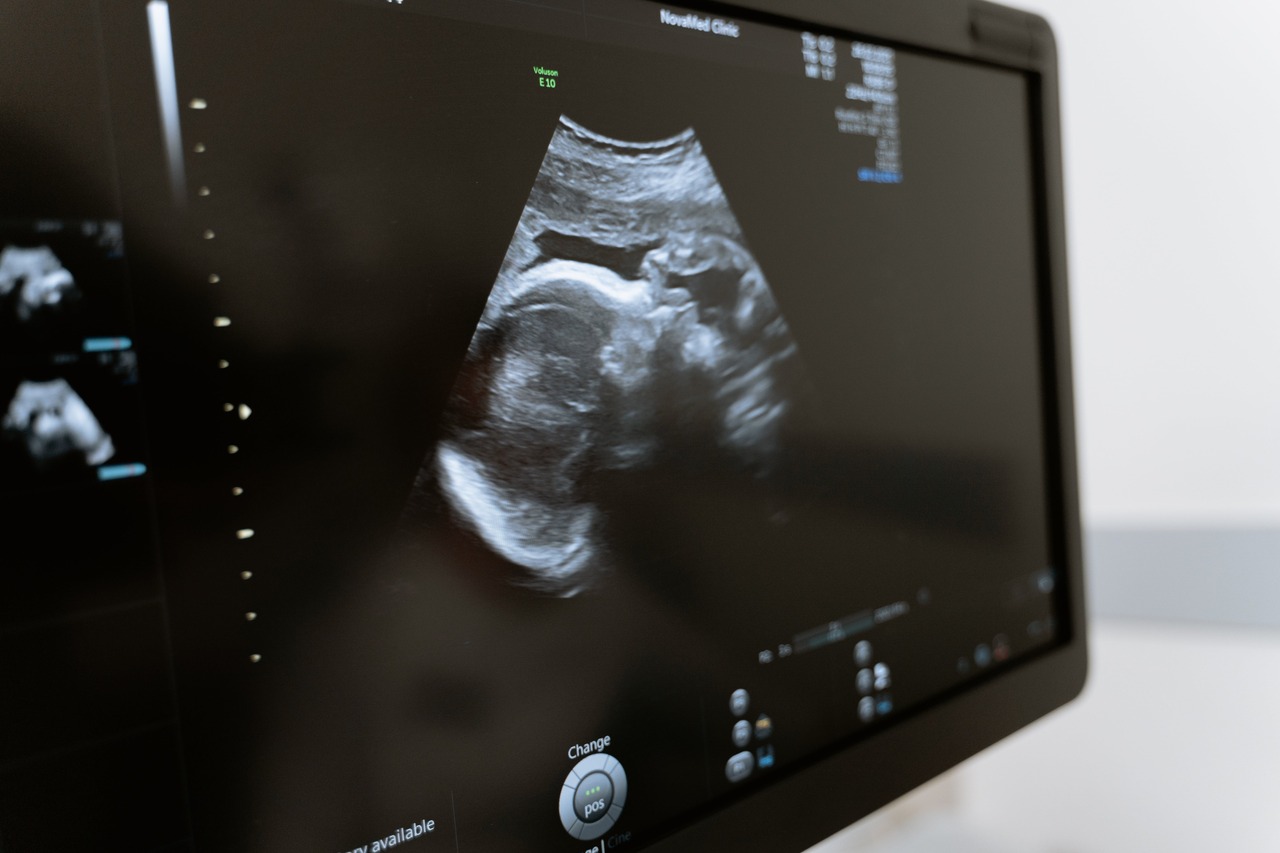What is implantation?
Implantation is the embedding of the blastocyst into the uterine lining. The outer cell layer (trophoblast) connects the embryo to maternal blood supply and initiates placental formation. It typically occurs 6–10 days after fertilization. Only after successful implantation does hCG begin to rise — that’s what urine and blood tests detect (NHS: Pregnancy test).
When does implantation happen?
The LH surge usually precedes ovulation by 24–48 hours. After fertilization, the embryo divides, reaches the blastocyst stage around days 4–5, and implants most often between days 6–10. Timing varies from person to person; a later ovulation shifts the entire timeline.
- Day 0: fertilization
- Days 1–3: cell division and travel
- Days 4–5: blastocyst forms
- Days 6–10: implantation
Practical point: an early negative test doesn’t mean much. Reliability improves when you test on the expected period day (NHS).
How long does implantation take?
The anchoring step itself takes about 1–2 days. In total, it usually takes 6–12 days from fertilization to completed implantation. hCG rises only after successful implantation, so urine tests taken too early are often falsely negative (NHS).
Typical symptoms
Many people notice nothing at all. If signs occur, they’re usually mild and non-specific:
- brief, mild cramping or tugging low in the abdomen
- very light spotting around the expected period
- early fatigue or breast fullness/tenderness
Important: these can also happen in non-pregnant cycles. More reliable than a “gut feeling” are well-timed testing and consistent cycle tracking (e.g., ovulation tests), as clinical guidance recommends (NICE CG156).
Implantation bleeding vs. period
Use these typical differences as a guide. If unsure, seek medical advice.
| Feature | Implantation bleeding | Period |
|---|---|---|
| Timing | about 6–10 days after ovulation | typically ~14 days after ovulation |
| Duration | hours to 1–2 days | 3–7 days |
| Amount | very light “spotting” | light to heavier flow |
| Color | pinkish to brown | often bright red |
Light early-pregnancy spotting can be normal; heavy or persistent bleeding should be assessed promptly by a clinician (NHS: Vaginal bleeding).
How to support implantation
- Cycle tracking: define the fertile window with ovulation tests and basal temperature; intercourse around ovulation increases chances (NICE CG156).
- Lifestyle: avoid smoking and alcohol, eat a balanced diet, exercise regularly, and get adequate sleep — fundamentals emphasized in guidance (NICE).
- Supplements: folic acid before and in early pregnancy; consider other supplements only on medical advice.
- Test timing: use a urine test on the expected period day; in unclear situations, blood hCG and serial measurements can help (NHS).

Barriers & risk factors
Implantation may be hindered by a thin or inflamed endometrium, fibroids or polyps, adhesions (Asherman syndrome), thyroid disorders, clotting issues, as well as heavy smoking or severe obesity. Individual evaluation is done in a fertility clinic based on recognized recommendations (NICE recommendations).
Practical diagnostics
- Transvaginal ultrasound to assess the lining and rule out structural causes
- Serial blood hCG testing to monitor early pregnancy
- As indicated: evaluation for infections or chronic endometritis
Be cautious with reproductive-medicine “add-ons”: many have limited evidence. An independent overview is provided by the UK regulator HFEA (HFEA add-ons).
Recurrent implantation failure (RIF): what it is & how to proceed
When clinical pregnancy does not occur despite repeated transfers of good-quality embryos, clinicians often refer to RIF. Causes may be uterine, embryonic/genetic, hormonal, or systemic. Evidence for various immunologic tests and treatments is mixed; HFEA therefore rates these add-ons cautiously (HFEA: Immunological tests & treatments).
Recommended approach: structured work-up, optimized timing, guideline-aligned therapy — and only then, carefully weighed experimental options.
Current evidence
Implantation reflects the interplay of embryo quality, endometrial receptivity, and timing. Guidelines emphasize lifestyle, correct test timing, and rational diagnostics; regulators urge critical appraisal of new add-ons (NICE CG156, HFEA overview).
When to see a doctor
Seek prompt care for heavy or persistent bleeding, severe lower-abdominal pain, dizziness/fainting, fever, or bleeding with a positive test. Light spotting can be normal in early pregnancy, but certainty comes from assessment in an early pregnancy clinic (NHS: Vaginal bleeding).
Takeaway
Implantation is the foundation of every pregnancy. It most often occurs 6–10 days after ovulation and the signs are usually subtle. The most reliable test result is on the expected period day. Consistent cycle tracking, healthy habits, and early clinical evaluation for red-flag symptoms create the best conditions — without questionable add-ons.

